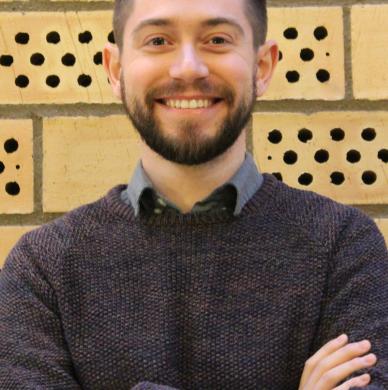
Assistant Professor
BioRobotics Institute
Enzo Mastinu
Bio
Enzo Mastinu is an electronic engineer specialized in embedded systems for biomedical applications. He received his BSc and MSc in electronic engineering from Università degli Studi di Cagliari, and his PhD in biomedical signals and systems from Chalmers University of Technology, Göteborg, Sweden. The work carried out during his research years in Sweden allowed the development and at-home clinical application of a unique technology: an arm prosthesis connected simultaneously to the patient’s muscles, nerves and bones, intuitively controlled and provided with tactile sensory feedback via direct neural stimulation. Some preliminary results from the clinical trial have been recently published on the New England Journal of Medicine, Science Translational Medicine and Science Robotics. In 2021, he was granted a Marie Skłodowska-Curie Actions individual fellowship by the European Union.
Enzo contributed to the publication of 24 articles on scientific journals (>75% in Q1) and 18 on international conferences. He is a reviewer for scientific journals and conferences (>80 recognized reviews), editor for 2 special issues, and associate editor for the IEEE Transactions on Medical Robotics and Bionics. To date, he contributed to the supervision of over 30 students (PhD students, MSc theses, interns and research assistants), and contributed to the teaching of 2 MSc courses.
Research
Enzo's current research activities are mainly focused on the development and clinical implementation of advanced arm prostheses and neuroprostheses, particularly involving electronics and embedded systems design, signal processing and artificial intelligence, osseointegration, sensory feedback and motor learning.
From april 2022 to march 2024, Enzo was dedicated to the project HAND, a research project funded by the Marie Skłodowska-Curie Actions program of the European Union. This project had the mission of developing methods for creating prosthetic hands which are semi (or potentially even completely) autonomous from the conventional myoelectric human-machine interface (i.e., electromyography sensors placed on the skin of the residual limb).
Publications
Courses
- 01/09/2024: “A multidisciplinary overview of upper limb prosthetics development: challenges and opportunities” workshop for BioRob International Conference 2024, Heidelberg, Germany
- 21/05/2024 and 27/06/2023: "MSCA Post-Doctoral Fellowship: Hints & Tips” workshop for Scuola Superiore Sant'Anna, Pisa, Italy
